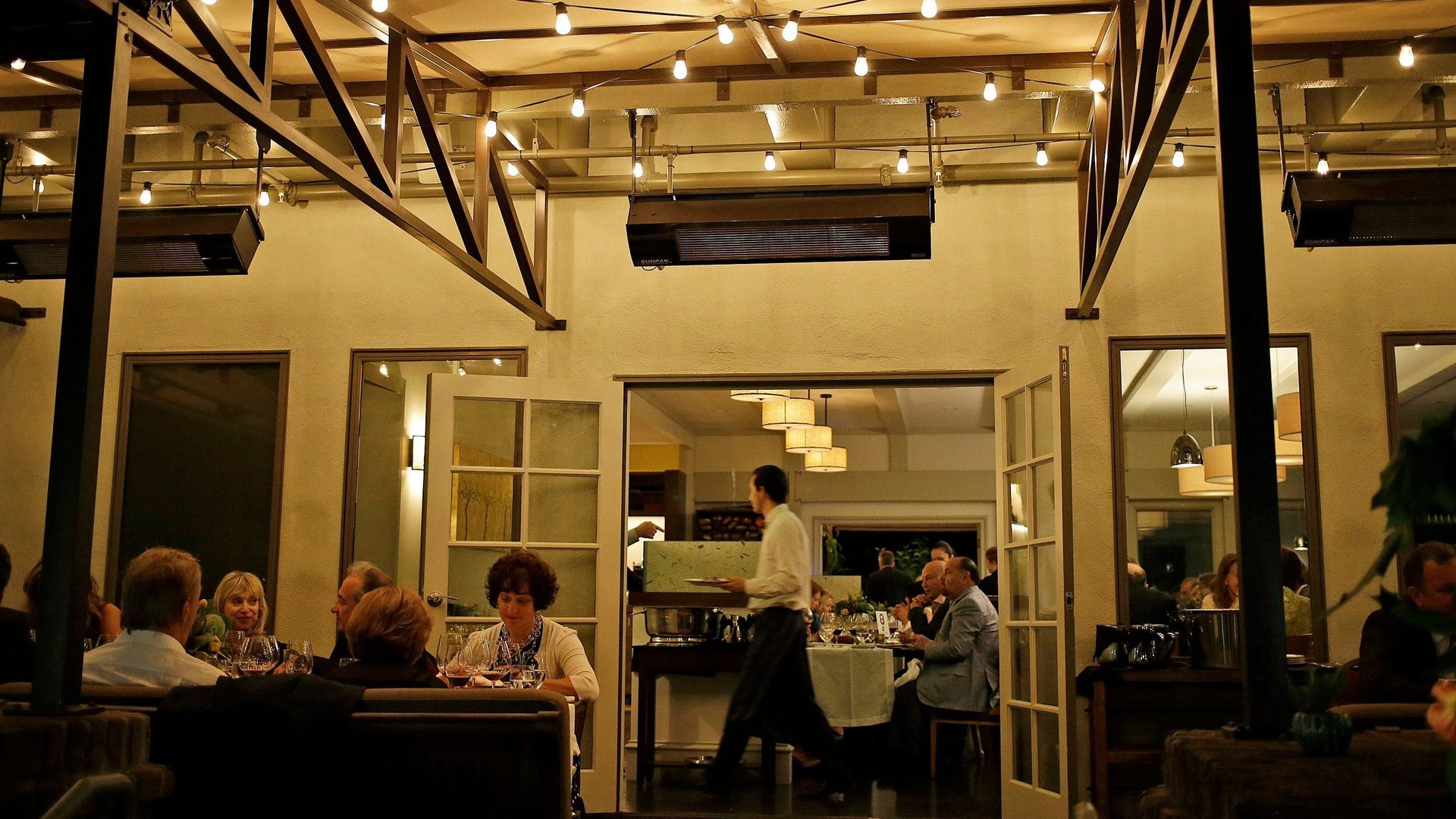Making restaurant reservations may soon be like buying an airline ticket
Restaurants are joining hotels, airlines, ride services, and ski areas in the practice of adjusting their prices (paywall) to reflect consumer demand. This type of strategy has been most notable in the form of surge pricing for ride services like Uber and Lyft, but the restaurant version is actually something like the inverse. Instead of prices soaring on New Year’s Eve or during a sudden rainstorm, restaurants set their normal prices for peak times—weekend evenings—and offer a discount for diners who are interested in a Tuesday night out, or a dinner that starts at 5pm.


Restaurants are joining hotels, airlines, ride services, and ski areas in the practice of adjusting their prices (paywall) to reflect consumer demand. This type of strategy has been most notable in the form of surge pricing for ride services like Uber and Lyft, but the restaurant version is actually something like the inverse. Instead of prices soaring on New Year’s Eve or during a sudden rainstorm, restaurants set their normal prices for peak times—weekend evenings—and offer a discount for diners who are interested in a Tuesday night out, or a dinner that starts at 5pm.
Think of it like shopping for the cheapest possible airline ticket, even if it means getting up at the crack of dawn for a 6am flight, or like an upcharge for dining at the most desirable times. Either way, it’s a pricing structure with plenty of parallels.
Movie theaters and playhouses have long offered matinée discounts, and commuters may recognize a similar pricing model on train tickets, which in many systems, including New York City’s Metro-North and Long Island railroads, charge more for a ticket during rush hour than on the weekend or in the middle of the afternoon. Ski areas around the country have instituted what they call “dynamic pricing,” adjusting the cost of a ticket to the number of skiers on the mountain.
“This isn’t so much us trying to maximize how much money we can make on a peak day,” Dave Tragethon, vice president for sales and marketing at Mount Hood Meadows in Oregon, told Oregon Public Broadcasting. “It’s much more us trying to manage the peak-day experience by giving incentives to people to come during off-peak times.”
Succeeding in the notoriously difficult restaurant industry is about far more than keeping food costs down, though that definitely helps. McDonald’s holds $30 billion in real estate assets and charges franchisees monthly rent—it’s a landlord as much as a burger shack. On the opposite end of the spectrum, fine dining is as much about ambiance, service, and a certain form of theater as it is about the food on the plate.
On Super Bowl Sunday in 2014, Nick Kokonas, co-owner of Alinea, a molecular gastronomy restaurant in Chicago, sent out a tweet inviting diners who didn’t care about football to make a reservation for $165 that evening—about 35% off the normal price of dinner. He told Grub Street that they went from 30 reservations to 74 for the evening, traditionally the slowest of the year.
For some, saving $80 on a dining experience at the cost of watching the biggest football game of the year (while enjoying markedly less esoteric fare) might not be worth it. But diners eager to try a place with a hefty price stand to benefit, though they may not actually end up spending less.
Bob Bob Ricard, a high-end London restaurant, charges 25% less for its à la carte menu during off-peak times, with a 15% “mid-peak” discount. “When they come in on off-peak days, they’re not necessarily looking to spend less. They’re looking to get more for the full budget,” owner Leonid Shutov told NPR. “So our average checks have not changed in any meaningful way on those days because the customers are rewarding themselves with more special things—with a bit of caviar, with a little bit more Champagne than they may have had otherwise.”